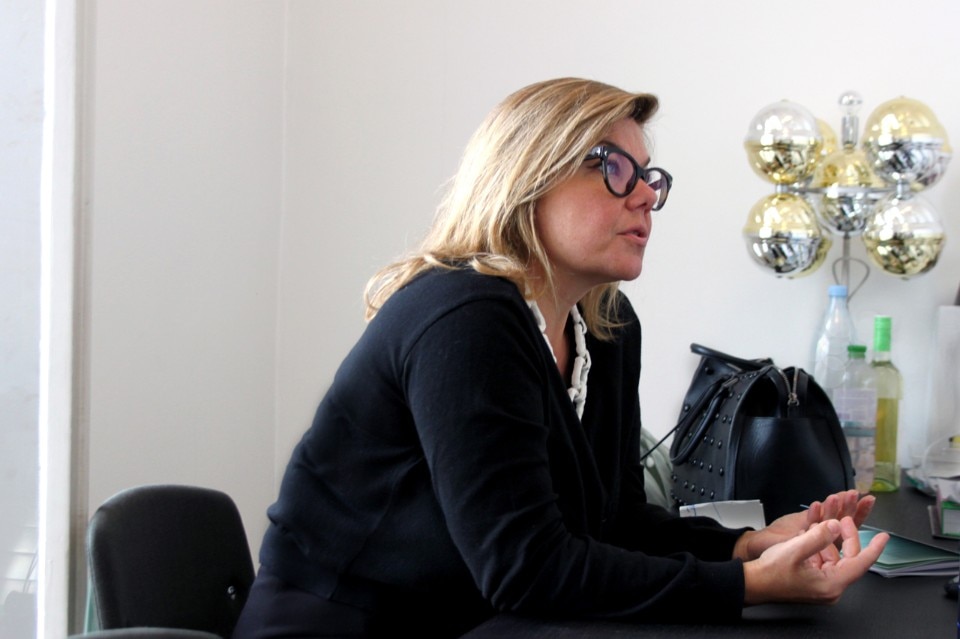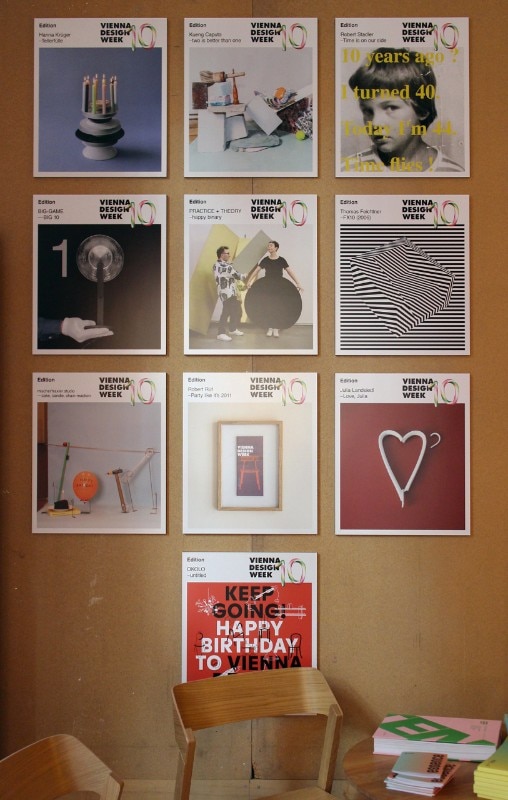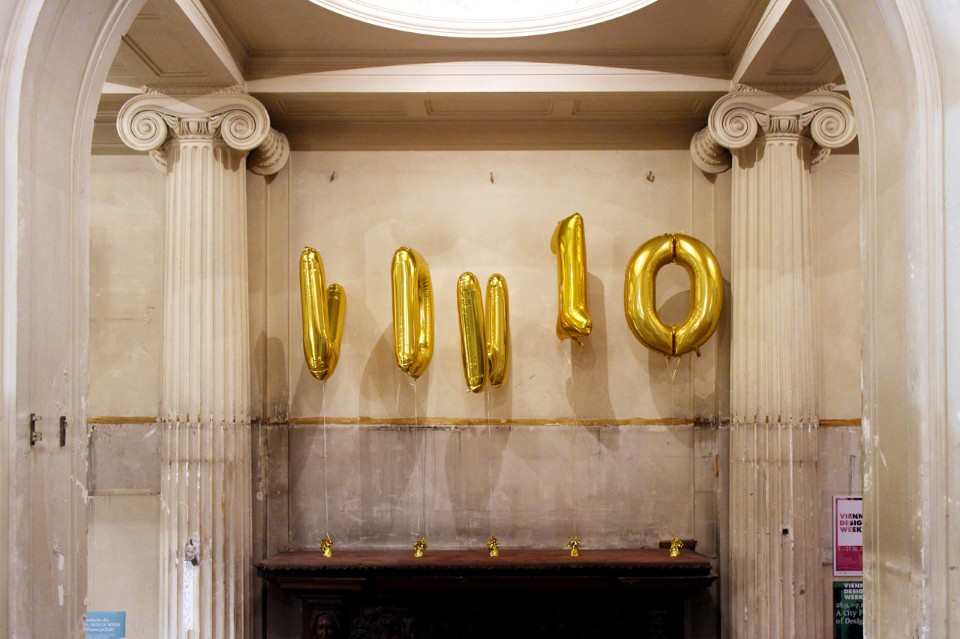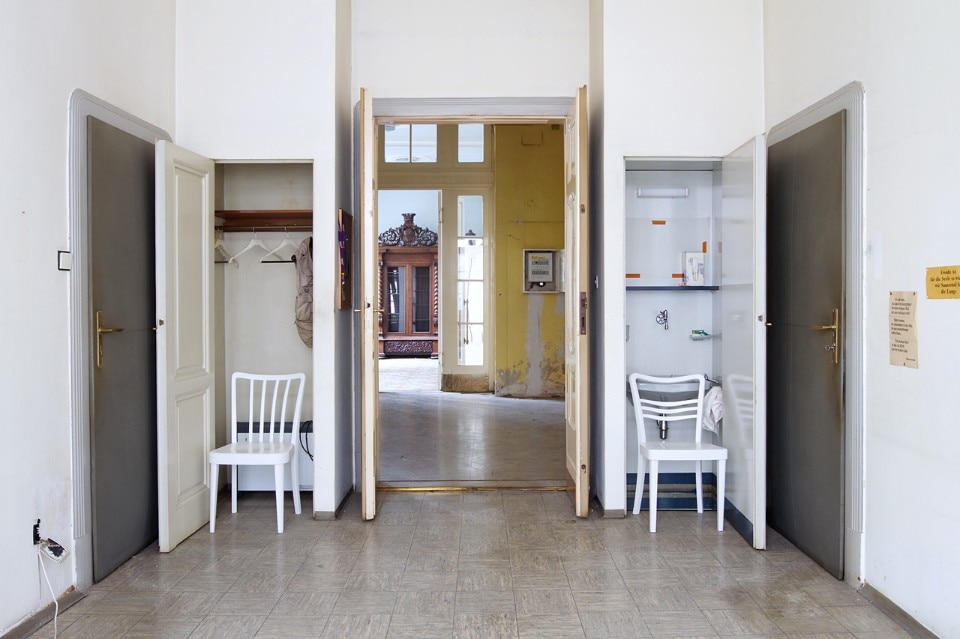Bruno Melis, Elisabetta Carboni: This year marks the tenth Vienna Design Week, a big celebration for the city and for you as the festival’s director. Looking back, what have been the major changes? Which are the goals that you have achieved and the ones that you would like to achieve in the future?
Lilli Hollein: We started the festival with the wish to put Vienna on the international design map, and it is now firmly embedded there. The Design Week has managed to link the city to an international audience. What has changed over the course of the years is that we have become popular with the local audience. We are becoming increasingly international; our audience is becoming wider, and this is something we have always aspired to: not only the international design crowd, but also average people who want to have an idea of what design can be. We have a broad way of seeing design. We have social design, urban mobility, industrial design, visual communications, the crafts, and many educational programmes; it is a curated event. We have always wanted to be known as something Viennese, and I think we have achieved that. We showcase new talents. We look to Eastern Europe. We commission projects; we try to show projects never seen anywhere before, thanks to the fact that we commissioned and curated them. We have tried to create a special atmosphere, something that creates tourism.


With the Passionswege, we are the commissioners; we pay the designer’s fee. We even pay a fee for materials and stuff. The project is basically financed by us. For this reason, designers and manufacturers have equal rights, no one is commissioning the other. This makes us different from many others crafts and design initiatives that came up later. We do not only combine traditional manufacturers with contemporary designers, but we force innovation. They don’t necessarily have to make a product. If they want to write a manifesto together, that is fine according to the rules of Passionswege. Morag Myerscough did an installation. The piece by Maxim Velcovsky that you see downstairs was planned as an installation. It became a product because it was so beautiful that the Wien Tourismus decided to sponsor it. That’s the way we work.
I choose the couples and I think this is what we are really good at. It is important to get the right people together. Before I make the teams, I try to meet everyone in person to get an estimation of temperament and personality. I would say that 96 per cent of the teams turn out to be excellent!

Bruno Melis, Elisabetta Carboni: What is good design?
Lilli Hollein: It is something that has all the qualities that design has to have. Besides functions and aesthetics, it is something that touches me in a certain way. It is not necessarily always an object. It is an emotional quality thing. It could be a present from someone you love. It is something that has extra quality. This is actually what I am looking for. I am looking for things that make sense, that can be a design object that is almost a piece of art, or a social design project, or a super-functional kitchen tool.
Bruno Melis, Elisabetta Carboni: Your father, Hans Hollein, was a great architect and you grew up in a stimulating environment. How much has this influenced your career and life choices?
Lilli Hollein: The things that surround you as a child will always matter. It was and is an interesting world to grow up in. Definitely, my architectural background has had an effect on my life. I studied psychology for two years; I tried to stay away from all art, architecture and design, but after the first year, I already went to take evening classes at the University of Applied Arts. After the second year, I started studying industrial design. It influenced me because I decided very early not to become a designer myself. While I was studying industrial design, I started writing a weekly page for a daily newspaper and it became clear to me that the educational approach of bringing people together, telling about design, and surrendering to my enthusiasm is my world.


